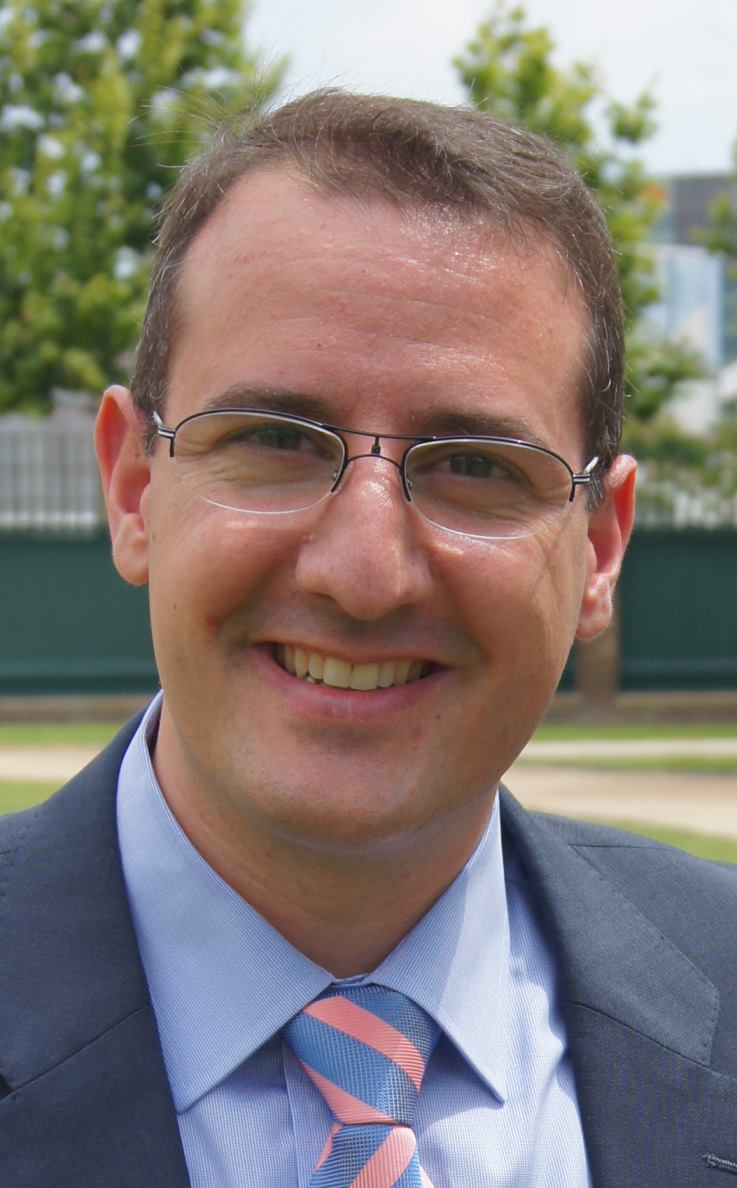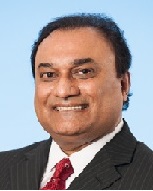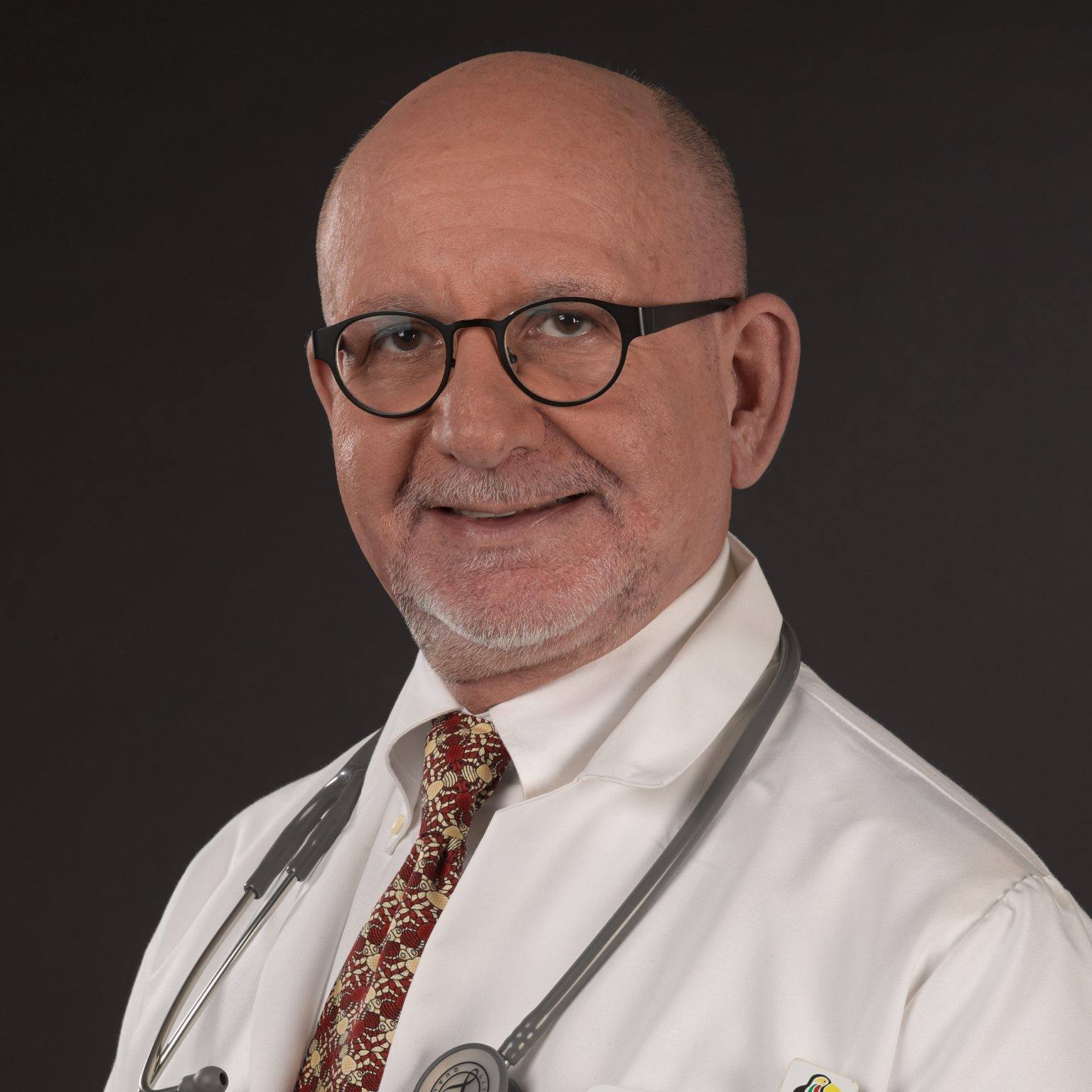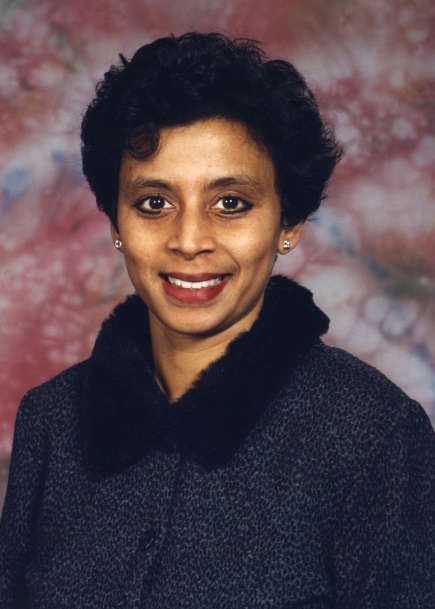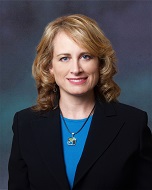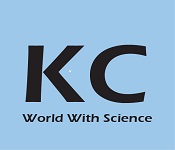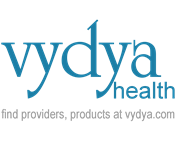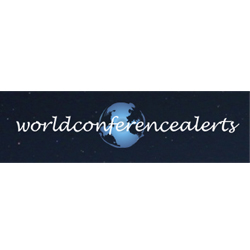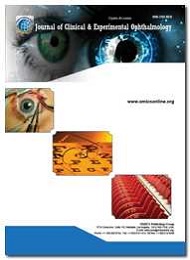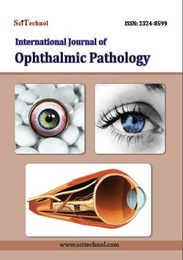Theme:
Ophthalmology Congress 2020
Join the 15th International Conference on Ophthalmology and Vision Science which is going to be held during April 24-25, 2020 | London, UK.
On behalf of the organizing committee, we hope you will join us for an exciting and stimulating meeting.
The Theme of the meeting is “Exploring new technologies and inventions for Ophthalmological Sciences", which focuses on the essentialness of vision and most recent innovative improvements in the field of Ophthalmology.
Our meeting accumulates Ophthalmologists, Orthoptists, Researchers, Associate Professors, and Scholars from both scholastic and ophthalmic Institutes and optometry associations.
Ophthalmology is the branch of medicine that deals with the anatomy, physiology and diseases of the eyeball and orbit. An ophthalmologist is a specialist in medical and surgical eye problems. Their credentials include an M.D. or D.O. degree, and an additional four years of residency. Ophthalmologists are allowed to medically treat Eye disease, implement, Laser Therapy, and perform Incisional Surgery when warranted. The two days conference will offer current information and tools, best practices, and training to assure that you are up-to-date and in compliance with the clinical research practice. The program will feature academic sessions, workshop sessions, keynote speech, a peer-driven poster session, and an exhibit program.
Retinal disorders, optic atrophy, and lesions of the higher visual pathways are the main anatomical causes of visual loss in children. WHO reports that, 285 million people are estimated to be visually impaired worldwide: 39 million are blind and 246 have low vision. About 90% of the world’s visually impaired live in low-income settings 82% of people living with blindness are aged 50 and above. Globally, uncorrected refractive errors are the main cause of moderate and severe visual impairment; cataracts remain the leading cause of blindness in middle- and low-income countries.
Conference Series Ltd Organizes 2000+ conferences, 500+ workshops and 200+ symposiums on Clinical, Medicine, Pharma and Science & Technology every year across USA, Europe, Asia, Middle East, Australia and UK with support from 1000 more scientific societies and Publishes 500 open access journals which contains over 30000 eminent personalities, reputed scientists as editorial board members.
Track 1: Clinical Ophthalmology
Clinical Ophthalmology indicates the duties of practitioner in an eye clinic and it also covers the broad spectrum of research from beside to bench side and plays a crucial in screening, diagnosis and therapeutics to treat eye illness. Clinical Ophthalmology will improve idea into normal visual illnesses, ophthalmic surgical and laser methodology, clinical life structures and visual therapeutics. Patients with eye diseases get examined by Ophthalmologists and Optometrists. There are various common eye problems that needs to treated in a same day and hence that can be achieved through community ophthalmology so that you can be treated near where you live or work rather than hospital.
Track 2: Ophthalmology Disorders
Many eye sicknesses have no early side effects. They might be effortless, and you may see no adjustment in your vision until the infection has turned out to be very best in class. The absolute most ideal approach to secure your vision is through customary expert eye examinations. Obviously, between examinations, in the event that you see an adjustment in your vision – or you think your eye might be harmed in any capacity – contact your eye mind proficient promptly.
1. Waterfalls in Babies
2. Eyelid Twitching
3. Age-Related Macular Degeneration (AMD) is the physical unsettling influence of the focal point of the retina called the macula.
4. Swelling Eyes
5. Visual impairment
6. Diabetic Macular Oedema, DME is brought on by liquid collection in the macula. Patients with DME ordinarily encounter obscured vision which can be extreme.
Track 3: Glaucoma
Glaucoma is a multifactorial optic neuropathy that impacts in excess of 50 million people and is the second driving purpose behind visual insufficiency around the globe. Glaucoma is brought on because of the harm of the optic nerve , which prompts to high intraocular weight and on the off chance that it is untreated then it will increments to vision misfortune with the start of imperceptibly blind sides at the edges of visual field took after by visual deficiency. It can be isolated into two essential classes, open-point glaucoma and shut edge glaucoma. Pathophysiology of glaucoma shows towards the extended in intraocular weight which packs and damages the optic nerve. The Society saves 10 to 15% of all self-ruling glaucoma inquire about in Canada.
Track 4: Optic Neuritis and Treatment
Optic neuritis is one of the most common symptoms of the relapsing-remitting form of MS. But it can also happen when you take certain medications or if you have diabetes. This autoimmune disorder causes immune system cells and antibodies to attack your optic nerves, spinal cord, and, sometimes, your brain. The incorporation of neurology and ophthalmology leads to Neuro-Ophthalmology. The nervous system diseases which affect the pupillary reflexes, vision, eye movements are taken into consideration under the branch of neuro-ophthalmology. Diplopia, Ocular myasthenia gravis, Optic neuropathy, Papilledema, Idiopathic intracranial hypertension, brain tumors or stroke affecting vision, unexplained visual loss, headaches, Blepharospasm are the few commonly diseases associated with neuro-ophthalmology.
Track 5: Diabetic Retinopathy and Diagnosis
Diabetic retinopathy, also known as diabetic eye disease, is a medical condition in which damage occurs to the retina due to Diabetes Mellitus. It is a leading cause of blindness. Diabetic retinopathy (DR) causes significant visual loss on a global scale. Treatments for the vision-threatening complications of Diabetic Macular Edema (DME) and Proliferative Diabetic Retinopathy (PDR) have greatly improved over the past decade. Diabetic retinopathy affects up to 80% of those who have had diabetes for 20 years or more. At least 90% of new cases could be reduced with proper treatment and monitoring of the eyes.
Track 6: Uveitis
Uveitis is a form of eye inflammation. It affects the middle layer of tissue in the eye wall (uvea). Uvea generally contains the iris, Ciliary body and Choroid. The causes of Uveitis are of different types ranging from a simple Bacterial Infection to severe eye injury, studies show that the presence of arthritis, AIDS, Psoriasis increases the chances of uveitis. In this the inner part of the eye turns to red in color, due to this pain, blurred vision and photo sensitivity occurs. Prompt use of anti-bacterial can treat the condition otherwise there are high chances that it may lead to Glaucoma, cataract etc. Eye redness, Eye pain, Light sensitivity, Blurred vision, Dark, floating spots in your field of vision (floaters), Decreased vision etc are signs, symptoms of uveitis.
Track-7 Ocular Oncology
Ocular Oncology implicates the study and treatment of tumors that occur in or around the eye. These tumors might cause vision loss or loss of the eye itself. Eye tumor can influence all parts of the eye. Eye diseases may begin in the eye and it can metastatic growth (spread to the eye from another organ). The two most basic growths that spread to the eye from another organ are bosom disease and lung tumor. Diagnosis is based on bio microscopy, Ultrasonography, Angiography, Optical Coherence Tomography, Auto Fluorescence Imaging and Biopsy. Eyelid and orbital tumors are more likely to be managed within Oculoplastic or Orbital specialist services.
Track 8: Keratoprosthesis
Keratoprosthesis is a surgical procedure where a diseased cornea is supplanted with a simulated cornea. Customarily, keratoprosthesis is prescribed after a man has had a disappointment of at least one benefactor corneal transplants. Keratoprothesis are made of clear plastic with incredible tissue resistance and optical properties. They shift in configuration, measure and even the implantation systems may vary crosswise over various treatment focuses. The strategy is finished by ophthalmologists, frequently on an outpatient premise.
Track 9: Macular Degeneration
Macular Degeneration also called Age-Related Macular Degeneration (ARMD), is a medicinal condition which may bring about obscured or no vision in the focal point of the visual field. After some time, in any case, a few people encounter a progressive compounding of vision that may influence one or the two eyes. While it doesn't bring about total visual impairment, loss of focal vision can make it difficult to perceive faces, drive, read, or perform different exercises of day by day life. Visual mind flights may likewise happen and these don't speak to a psychological sickness. Macular Degeneration commonly happens in more seasoned individuals. Hereditary factors and smoking likewise assume a part. It is because of harm to the Macula of the Retina. Avoidance incorporates working out, eating admirably, and not smoking. There is no cure or treatment that profits vision officially lost.
Track 10: Ophthalmology Surgery
Translational ophthalmology is a latest trend that bridges the gap by achieving breakthrough discoveries to patients quicker than ever. Translational analysis is a new initiative of the National Institutes of Health (NIH) that aims to translate basic analysis into a lot of advanced form to yield the higher results. The research trend discoveries maximize the opportunities to analyse the problems terribly circumstantially to decrease the risk of failure particularly during surgery like cataract and refractive surgery. Many fruitful facts are discovered that indirectly helps in treating the individual conditions like Age-Related Disease Study (AREDS) established that biological process supplements (nutrition and ophthalmology) might minimize the risk of AMD. There are many types of eye surgeries, some are given below:
1. Corneal Transplantation Keratoplasty
3. Conductive
5. Vitrectomy
Track 11: Cataract and Refractive Surgery
Refractive Surgery is a strategy for enhancing vision and correcting refractive error, for example, partial blindness (near sightedness), Farsightedness (Hyperopia), Astigmatism or Presbyopia. There are different surgical methods for modifying eye's centering capacity by reshaping the cornea, or clear, round vault at the front of your eye. Different techniques include embedding a focal point inside the eye. The most generally performed kind of refractive surgery is LASIK (Laser-assisted in-situ keratomileusis), where a laser is utilized to reshape the cornea.
Track 12: Pediatric Ophthalmology
Pediatric Ophthalmologists focus on the development of the visual system and the various diseases that disrupt visual development in children. Pediatric ophthalmologists also have expertise in managing the various ocular diseases that affect children. Pediatric ophthalmologists are qualified to perform complex eye surgery as well as to manage children's eye problems using glasses and medications. In addition to children with obvious vision problems, children with head turns, head tilts, squinting of the eyes, or preferred head postures are typically referred to a Pediatric ophthalmologist for evaluation. Pediatric ophthalmologists typically also manage adults with eye movement disorders (such as Nystagmus or Strabismus) due to their familiarity with strabismus conditions.
Track 13: Traditional/Herbal/Ayurvedic Medicine in Ophthalmology
Ayurvedic/Herbal Medicine physicians recognize three major physiological (body) types. The three types are Vata, Pitta, and Kapha. The body type is determined by heredity and is often referred to as Prakriti. Physicians will often interview, observe, and use a technique called pulse diagnoses to determine a patient’s body type, which is often a combination; such as Vata/Pitta. After determining body type, the physician will determine any imbalances and what approaches may be needed to bring balance. This is often done through herbal supplementation or dietary changes. Other treatments may include Hatha yoga, Acupuncture, Massage therapies, Aromatherapy, and Music therapy.
Track 14: Stem Cell Therapy for Ocular Disorders
One of the fields of medicine that has raised the most expectations in recent years is cell therapy with stem cells. The isolation of human embryo cells, the apparent and unexpected potentiality of adult stem cells and the development of gene therapy lead us to imagine a hopeful future for a significant number of diseases that are at present incurable. Adult ocular stem cells have the potential to restore vision in patients previously deemed incurable. Stem/Progenitor cells located in different regions of the eye are capable of differentiating enabling cell repopulation and tissue regeneration. Stem cell progenitors play a major role in replenishing degenerated cells despite being present in low quantity and quiescence in our body.
Track 15: Neuro Ophthalmology
Neuro-Ophthalmology is the association of neurology and ophthalmology, the sensory system maladies which influence the pupillary reflexes, vision, eye developments are contemplated under the branch of neuro-ophthalmology. Neuro-ophthalmology takes a view at the life frameworks, physiology, clinical scrambles or treatment of the afferent visual pathway, higher cortical visual structures, the vascular tree huge to the retina and optic nerve, understudies, eye advancements and torment. Visual Neuroscience focuses on Visual system of human brain mainly the visual cortex of the brain. The aim is to understand functioning of the visual neural network and how it influences visual perception and behaviour.
Track 16 : Corneal and External Diseases
The cornea is the clear exterior part of the eye that covers the iris, pupil, and foremost chamber. Its straightforwardness enables light to go into the eye, through the understudy, point of convergence, and onto the retina at the back of the eye. The cornea, with the front chamber and lens, refracts light-weight, with the tissue layer representing around 66% of the eye's combination optical force. Corneal diseases, as an example, membrane ulceration, animal tissue redness and Drug-induced epithelial keratitis, Corneal degeneration, repetitive corneal disintegration and totally different corneal issue will influence the cornea and finally prompt the external disease that might finally end up with perpetual vision defect.
Some listed corneal diseases:
2. Corneal refractive surgery
3 Artificial Corneal Replacement
4. Corneal neuropathy
5. LASIK
6. UV corneal cross-linking
7. Corneal ulcer
Track17: Retina and Retinal Disorders
The retina is a layer of tissue gift within the interior of your eye. Retina disorders are due to lack of light-delicate cells and alternative nerve cells that remodel the impulse into visual info. Retina sends this visual information to the neural structure through your optic tract and method the data into a picture and empowering you to see. Different people generations, races and ethnicities are effected from Retinal chronic disorders, for example, Age-related devolution and myopic devolution.
The most common retinal disorders:
1. Bionic Eye
2. Retinal diseases
3. Retinal Clinical significance
4. Degeneration
7. Retinal degeneration
8. Vitreous hemorrhage
9. Macular edema
Track18: Ocular Microbiology and Immunology
Ocular Microbiology details advancements in molecular biology and pave way for better understanding of ocular diseases. The field of infectious diseases are rapid. Fungi, parasites, Bacteria and Virus will enter the human body and are capable enough to spread to attack the inside surface of an eye and spreading the infection. Many opportunistic pathogenic agents are increasingly found in ocular infections due to widespread use of topical and systemic immunosuppressive agent. These opportunistic pathogens cause ocular infections due to continuous use of contact lens. The dreadful cataract extraction and lens implantation often are mainly caused by these opportunistic pathogens.
Track19: Ophthalmology Diagnosis
The Advanced tests and diagnostic procedures to evaluate and treat eye diseases are:
1. Specialized tests:
• Optical coherence tomography
2. Eye examination:
Some methods of diagnosis performed in an eye examination mwntioned below:
Track 20: Opthalmic Drug Delivery
The aim and scope of ophthalmic research is to check the diseases circumstantially to eradicate the problems related to vision and eye health. New Ophthalmic drug delivery systems developed to address the need for long-term drug delivery from a single procedure and to potentially reduce adverse events associated with some of the more potent therapies. The drug-loaded contact lenses and ocular inserts also used that allows drugs to be better placed where they are needed for more direct delivery. Nanospheres is that the technology that gives potential for drug delivery to the eye within the least volume, but along with this technology, a number of factors required into consideration including retrievability, tolerability of each the drug and also the delivery device, ability of the device to remain in position once injected and durability in the eye beyond drug delivery.
Track 21: Community Ophthalmology
In 1978, Community ophthalmology was appoint as a new discipline in the field of medical science for supporting eye health and vision prevention through various programs using methodologies of public health, community medication, and medicine. Some of the Community Ophthalmology involved in community-based activities are comprehensive primary eye care services, School vision screening, camps, Community awareness, low vision rehabilitation, and Epidemiological research and surveys, training and capacity building.
Track 22: Orbital Disorders
Orbital inflammation can affect any or all structures within the orbit. The inflammatory response can be nonspecific, granulomatous, or due to reactive lymphoid hyperplasia. The inflammation can be part of an underlying medical disorder or can exist in isolation. Patients of all ages can be affected. The process can be acute or chronic and can recur. The orbit (the eye socket) and the eyelids work in conjunction to protect the eye and its muscles. Ophthalmoscopy is done as a part of an eye exam and will be done as part of a routine physical exam. Various tumours may grow or spread to the eye socket or the eyelids and must be removed in order to protect our patient’s vision.
Track 23: Dry Eye
Dry eye is a condition in which a man doesn't have enough quality destroys to oil and bolster the eye. Shreds are principal for keeping the quality of the front surface of the eye and for giving clear vision. Dry eyes can happen when tear age and seepage isn't in adjust. The common symptoms of dry eye square measure skin sensation, redness and irritation. It is a chronic and progressive disease. Dry disease may be a common condition moving folks of all ages. Dry eye may be a as a relatable purpose what is a lot of times never-ending issue moreover might usually create diagnosed in associate twelve-month eye examination. It is particularly as a relatable purpose to a lot of seasoned adults, to that there want aid insufflate mournful to grease up moreover sustain the attention. Sorrowful square measure very important to taking care of the successfulness of the front surface of the attention moreover for giving work to affordable dream.
Track 24: Latest Eye Research
Eye surgery, generally called visual surgery, can't avoid being surgery performed on the eye or its adnexa, typically by an ophthalmologist. The eye is a sensitive organ, and requires astounding thought some time as of late, in the midst of, and after a surgical procedure. An authority eye master is responsible for choosing the fitting surgical framework for the patient, and for taking the imperative security wellbeing measures. Ophthalmic surgeries can be of different sorts who incorporate Laser eye surgery, waterfall surgery, Glaucoma surgery, Refractive surgery, Corneal surgery, vitreo-retinal surgery et cetera.
Track- 25: Fluorescein Angiography
Fluorescein angiography is a procedure for looking at the dissemination of the retina and choroid utilizing a fluorescent color and a particular camera. Sodium fluorescein is used into the fundamental course, the retina is lit up with blue light at a wavelength of 490 nanometers, and an angiogram is gotten by shooting the fluorescent green light that is transmitted by the color.
2. Normal Fluorescein Angiography
3. Abnormal Fluorescein Angiography
The eye is a sensitive organ, and requires uncommon care some time as of late, in the midst of, and after a careful system. A master eye authority is accountable for picking the best possible careful framework for the patient, and for taking the essential prosperity prudent steps. Notification of eye medical procedure can be found in a couple of out of date writings. Today it continues being a for the most part penetrated kind of medical procedure, having made distinctive frameworks for treating eye issues.
According to a study it is estimated that around 48% of world population is blind because of cataract and more than 60 million people suffer from glaucoma and it is estimated that the number would rise to 80 million by the end of 2020. Ageing population is the leading cause for refractive error problem in countries like the USA and Europe, it is noticed that the refractive error problem is mostly seen in population ageing more than 40 years.
After a huge downfall of the market during economic drain in 2008-2009, ophthalmology market is catching up to get back to the normal as there is a rapid growth in population resulting in increased number of patients with eye diseases and the incidence of cataract and glaucoma are increasing every year.
Why to attend?
Ophthalmic therapeutic methodology meeting, the specialists from wherever all through the world who are master in Ophthalmology field setting off to this social affair are set up to talk responsive and to make the session more savvy for the benefits of the operators concentrating on them. Particularly popular, speakers, experts and research analysts the people who are partaking will oversee you with most perfect strategy for answers for those request displayed on them. Ophthalmic Surgery is to a great degree direct it can help in extending portrayal control inside couple of days of movement it has more unmistakable watchful precision.
Importance and Scope:
Ophthalmology 2018 enhances ophthalmic education to improve eye care Institutes like (NIE, Wilmer are involved) Contribute to preservation and restoration of vision around the world.
Ophthalmology continues to be an attractive field of medicine with great opportunities.
According to WHO:
1. 285 million people are estimated to be visually impaired worldwide: 39 million are blind and 246 have low vision.
2. About 90% of the world’s visually impaired live in low-income settings.
3. 82% of people living with blindness are aged 50 and above.
4. Globally, uncorrected refractive errors are the main cause of moderate and severe visual impairment; cataracts remain the leading cause of blindness in middle- and low-income countries.
5. The number of people visually impaired from infectious diseases has reduced in the last 20 years according to global estimates work.
6. 80% of all visual impairment can be prevented or cured.
7. Cataract removal is the most commonly performed ophthalmic surgical operation.
Related Top Universities:
1. State University of New York College of Optometry
2. The Ohio State University College of Optometry
3. University of Houston College of Optometry
4. Ferris State University Michigan College of Optometry
5. Nova Southeastern University College of Optometry
6. Illinois College of Optometry
7. Southern California College of Optometry at Marshall B. Ketchum University
8. Pacific University College of Optometry
9.University of Missouri - St. Louis College of Optometry
Related Top Hospitals:
1. Bascom Palmer Eye Institute-Anne Bates Leach Eye Hospital
2. Wills Eye Hospital, Thomas Jefferson University Hospital
3. Wilmer Eye Institute, Johns Hopkins Hospital
4. Massachusetts Eye and Ear Infirmary, Massachusetts General Hospital
5. Stein and Doheny Eye Institutes, UCLA Medical Center
6. W.K. Kellogg Eye Center, University of Michigan
7. USC Eye Institute-Keck Medical Center of USC
8. UCSF Medical Center
9. Barnes-Jewish Hospital/Washington University
10. John A. Moran Eye Center, University of Utah Hospitals and Clinics
Related Top Societies:
1. American Academy of Ophthalmology (AAO)
2. American Association for Paediatric Ophthalmology
3. Association for Research in Vision and Ophthalmology(ARVO)
4. European Society of Retina Specialists (EURETINA)
5. Asia Pacific Glaucoma Society
6. European Society of Cataract & Refractive Surgeons (ESCRS)
Conference Highlights
- Clinical Ophthalmology
- Ophthalmology Disorders
- Glaucoma
- Optic Neuritis and Treatment
- Diabetic Retinopathy and Diagnosis
- Uveitis
- Ocular Oncology
- Keratoprosthesis
- Macular Degeneration
- Ophthalmology Surgery
- Cataract and Refractive Surgery
- Pediatric Ophthalmology
- Traditional/Herbal/Ayurvedic Medicine in Ophthalmology
- Stem Cell Therapy for Ocular Disorders
- Neuro Ophthalmology
- Corneal and External Diseases
- Retina and Retinal Disorders
- Ocular Microbiology and Immunology
- Ophthalmology Diagnosis
- Opthalmic Drug Delivery
- Community Ophthalmology
- Orbital Disorders
- Dry Eye
- Latest Eye Research
- Fluorescein Angiography
To share your views and research, please click here to register for the Conference.
To Collaborate Scientific Professionals around the World
| Conference Date | August 24-25, 2020 | ||
| Sponsors & Exhibitors |
|
||
| Speaker Opportunity Closed | Day 1 | ||
| Poster Opportunity Closed | Click Here to View | ||
Useful Links
Special Issues
All accepted abstracts will be published in respective Our International Journals.
- Journal of Clinical & Experimental Ophthalmology
- Ophthalmology Case Reports
- Journal of Eye Diseases and Disorders
Abstracts will be provided with Digital Object Identifier by



